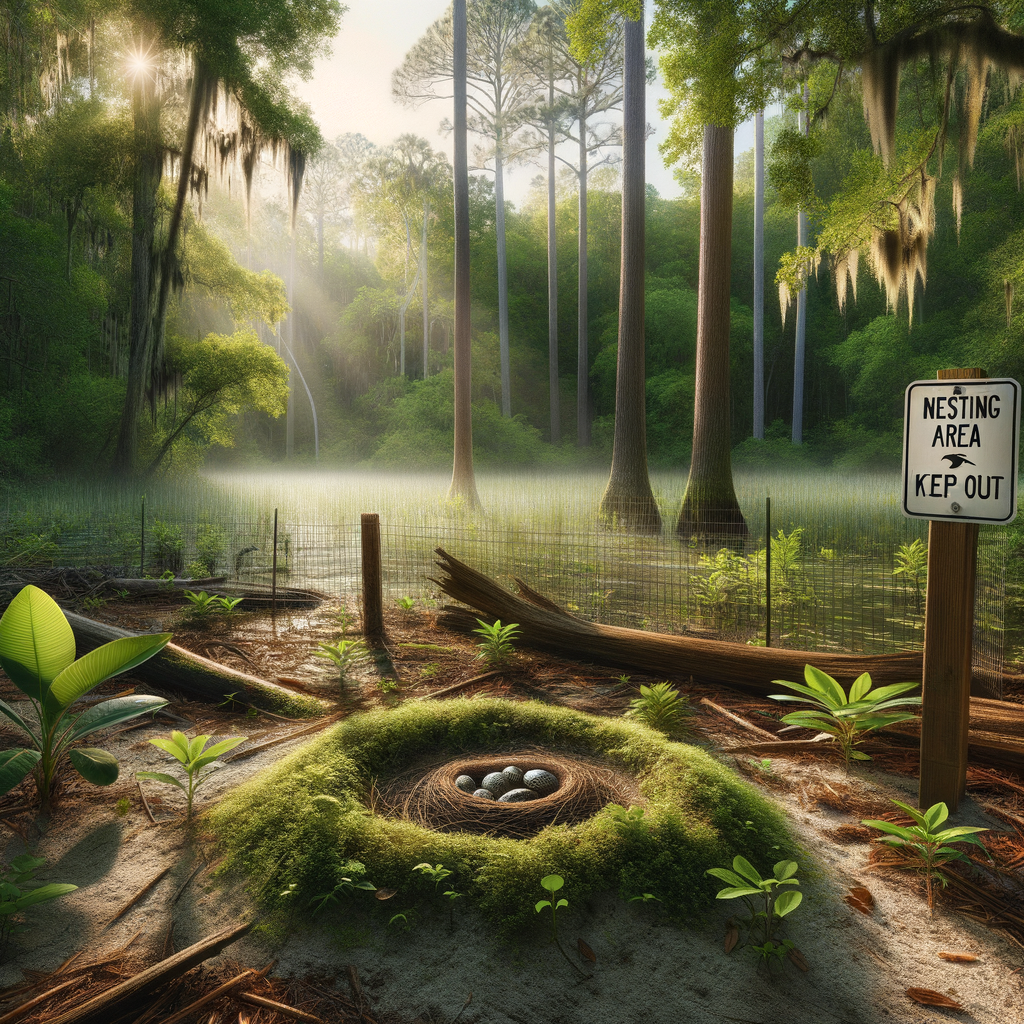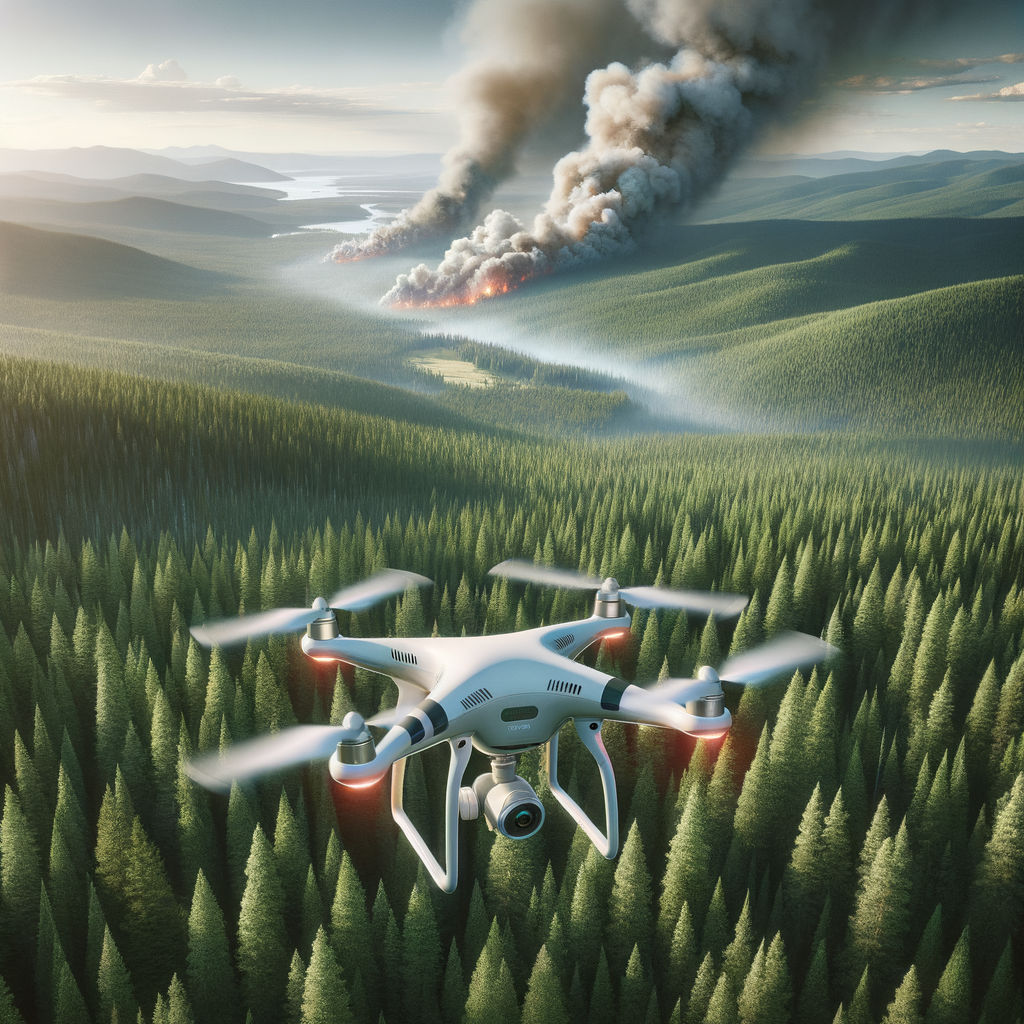Endangered Species Nesting Support Insights for July
As someone deeply involved in wildlife habitat restoration, I want to share some crucial insights about supporting endangered species during their nesting periods. July is a pivotal month—many species are busy building nests, laying eggs, and nurturing their young. This time demands our focused attention to give these vulnerable populations the best chance for survival.
Why Nesting Support Matters for Endangered Species
Nesting is more than just a routine activity in the life cycle of wildlife. For endangered species, it is a critical window that can determine the future of their populations. Without secure and suitable nesting sites, birds, reptiles, amphibians, and mammals struggle to reproduce successfully.
Think about species whose nesting habitats have been destroyed by human development, pollution, or invasive species. They face the double challenge of limited space and increased threats. Supporting nesting isn’t optional—it is a lifeline.
Understanding the Specific Needs of Endangered Nesters
Each species has unique nesting preferences. Some birds, like the Piping Plover, require open sandy beaches free from human disturbance. Others, such as certain turtles, prefer secluded spots with specific soil textures for digging nests. Knowing these details is essential.
I always emphasize starting with thorough research:
- What habitat did this species historically use for nesting?
- Are those habitats still available, or have they changed?
- What threats do their nesting sites currently face?
Answering these questions lets us develop targeted strategies rather than generic fixes.
Practical Nesting Support Strategies in July
July is peak nesting season in many regions, so timing is everything. Here are some key actions that can help endangered species raise their young safely:
1. Protect and Restore Nesting Habitats
Prevent disturbance by closing off sensitive nesting areas to foot traffic and pets. Work to restore or maintain habitats by planting native vegetation that provides cover and food sources. Reducing invasive plants that alter nest site quality is crucial.
2. Install Artificial Nesting Structures
For species struggling to find natural sites, artificial options can make a real difference. Nest boxes for birds, turtle nesting mounds, or floating platforms for waterbirds are examples. They require monitoring to ensure proper use and to keep predators at bay.
3. Manage Predation and Human Impact
Predators such as raccoons and feral cats can devastate nests. Effective control methods, coupled with public education on keeping pets supervised during nesting seasons, help reduce losses. Limiting noisy activities and bright lights near nesting areas also supports success.
4. Monitor and Record Nesting Success
Observation helps identify what’s working and where improvements are needed. Data on nest occupancy rates, hatchling survival, and threats encountered allow adjustments to conservation tactics.
Challenges in Supporting Endangered Nesting
While these strategies provide a good roadmap, several hurdles persist. Climate change shifts nesting timings and habitat availability, complicating support efforts. Rising temperatures and altered rainfall can reduce food supply or increase nest vulnerability.
Funding fluctuations often delay or cut short support programs. Long-term commitment is essential—once a nesting site is disturbed, recovery is slow. Community engagement is a must. Without local support, protective measures cannot hold.
The Human Role: Connecting With Nature’s Future
What motivates me during the toughest parts of working with endangered species is knowing how fragile life truly is—and yet how strong it can be with a little help. Witnessing a previously empty nest now full of hopeful hatchlings is a powerful reminder that our actions matter.
Nesting support is not just about animals. It’s about preserving the rich tapestry of biodiversity that sustains ecosystems and ultimately human life. Healthy populations ensure balanced environments, cleaner air, and fertile soils.
How You Can Help Right Now in July
You don't need a scientific degree to make a difference. Here are some practical ways to support endangered species nesting this month:
- Respect posted signs about closed nesting zones on beaches or parks.
- Keep pets on leashes near wildlife habitats.
- Volunteer for local habitat restoration projects.
- Educate friends and family about the importance of nesting protection.
- Create wildlife-friendly spaces at home with native plants and safe shelter options.
Every mindful choice counts.
Final Thoughts
Supporting endangered species during their nesting season is a responsibility we all share. It requires knowledge, patience, and respect for the intricate rhythms of nature. July offers a special window to make an impact that echoes through generations.
Let us commit to protecting nests as sacred places of new beginnings. Together, we can be the guardians that endangered species so desperately need today—and always.




